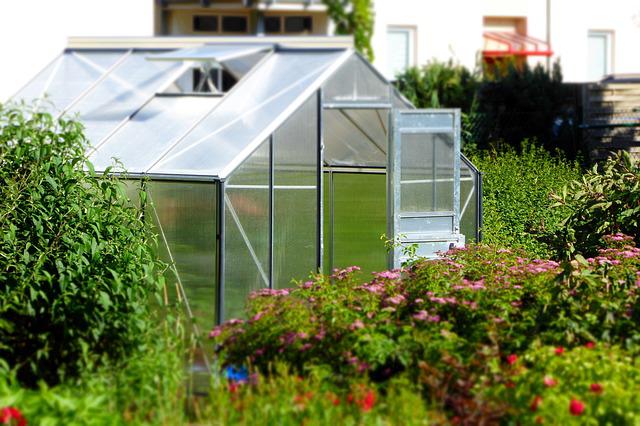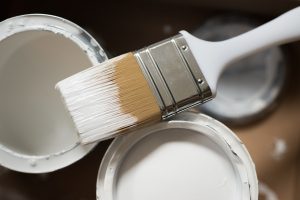Good soil is essential for successful growth, whether you have a hobby 6 x 8 ft greenhouse or a commercial polytunnel.
If you wish to install greenhouse plastic on top of the existing ground or construct a foundation, you must first prepare the soil for planting. However, if the current soil is dry and ancient, it may not be your best choice. In this case, it can be beneficial to consider what you will primarily use your greenhouse for.
On the other hand, an ornamental greenhouse is one in which you will not grow tomatoes or other fruits and vegetables. As a result, you may utilize the entire area within the structure for pot plants. You can also grow flowering plants like Impatiens, Plumbago, Iresine, Hypoestes, Streptocarpus, and Begonia.
On the other hand, a productive greenhouse is possible. Vegetables and fruits may be grown in pots, bags, or raised beds if you fully use available space to plant vegetables and fruits.
If you want to cultivate fruits and ornamental plants in the same greenhouse, you may do so. For example, while grapes are grown along the ridge, Pelargonium and Fuchsia pots can be placed on the benches.
What is the greatest layout in a greenhouse?
The conventional design has both sides of the greenhouse floor for growing plants and a central route made of concrete slabs or gravel. Having a midpoint path in the middle of the greenhouse is critical. The first thing to consider is where you will walk when watering your plants. Second, this space may be utilized as a workstation. Last but not least, it aids drainage. I would not advise depending on rammed earth alone. Put concrete slabs on top of the sand instead.
Determine the type of soil in your garden.
What are the various types of soil?
- Sandy soil – It can take a long time for your plants to grow through the soil because it is full of sand particles that don’t retain nutrients well.
- Silt soil – The material in this soil is made up of bigger-than-clay particles, which are smaller than sand but larger than dirt.
- Clay soil – Clay soil contains more mineral compounds than organic matter. Because clay soil is made up of minerals and water, it has a higher mineral content than organic materials. If the dry brick-like substance looks like putty when it’s raining and resembles a brick with cracks when it’s dry, you have clay soil in your garden.
- Loam soil is made up of a combination of sand, silt, clay, and humus. Humus is a dark, organic component of the soil that consists of decayed leaves and animal waste. Humus keeps the soil wet and enables it to retain nutrients. That’s the greatest sort of dirt for plant cultivation.
So, what kind of soil is best for a greenhouse?
In the greenhouse, loam soil with compost and potting mix is ideal for plant development. Prepare the mixture by mixing 60 percent loam soil, 30% compost, and 10% potting mix (peat moss, perlite, or vermiculite). If the quality of your local soil is poor, you can combine half potting mix and half compost to produce a balanced mixture. However, avoid using more than 20% peat moss in total. It is naturally acidic and may harm plant growth.
Featured Image by Esther Merbt from Pixabay




